Seungryong Cho
Deep-neural-network based sinogram synthesis for sparse-view CT image reconstruction
Mar 06, 2018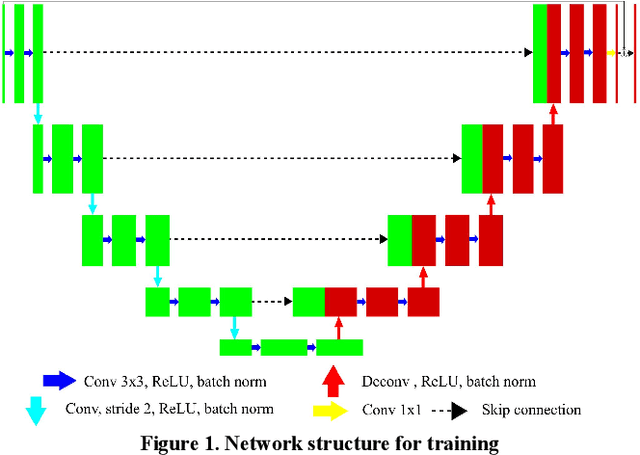
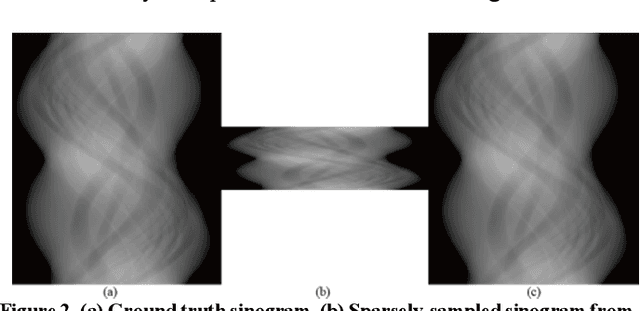
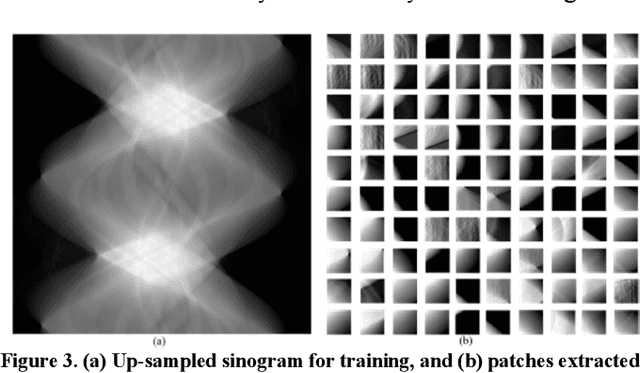
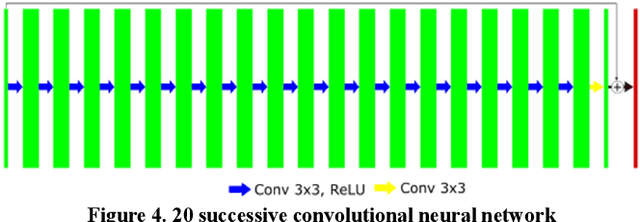
Abstract:Recently, a number of approaches to low-dose computed tomography (CT) have been developed and deployed in commercialized CT scanners. Tube current reduction is perhaps the most actively explored technology with advanced image reconstruction algorithms. Sparse data sampling is another viable option to the low-dose CT, and sparse-view CT has been particularly of interest among the researchers in CT community. Since analytic image reconstruction algorithms would lead to severe image artifacts, various iterative algorithms have been developed for reconstructing images from sparsely view-sampled projection data. However, iterative algorithms take much longer computation time than the analytic algorithms, and images are usually prone to different types of image artifacts that heavily depend on the reconstruction parameters. Interpolation methods have also been utilized to fill the missing data in the sinogram of sparse-view CT thus providing synthetically full data for analytic image reconstruction. In this work, we introduce a deep-neural-network-enabled sinogram synthesis method for sparse-view CT, and show its outperformance to the existing interpolation methods and also to the iterative image reconstruction approach.
Deep Learning Can Reverse Photon Migration for Diffuse Optical Tomography
Dec 04, 2017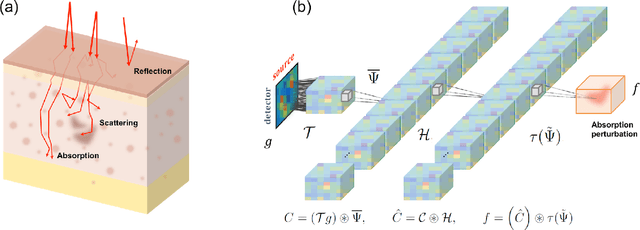

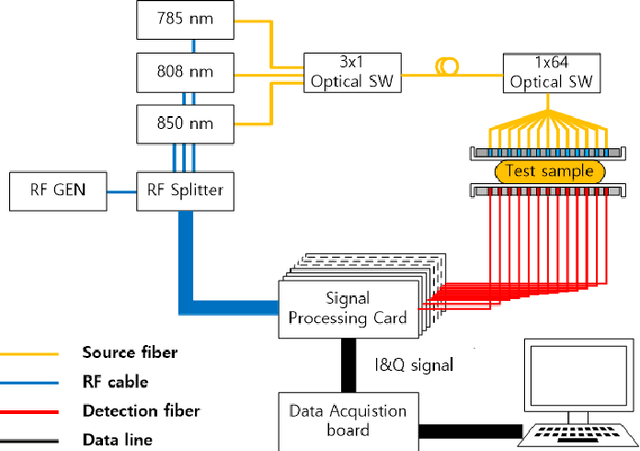

Abstract:Can artificial intelligence (AI) learn complicated non-linear physics? Here we propose a novel deep learning approach that learns non-linear photon scattering physics and obtains accurate 3D distribution of optical anomalies. In contrast to the traditional black-box deep learning approaches to inverse problems, our deep network learns to invert the Lippmann-Schwinger integral equation which describes the essential physics of photon migration of diffuse near-infrared (NIR) photons in turbid media. As an example for clinical relevance, we applied the method to our prototype diffuse optical tomography (DOT). We show that our deep neural network, trained with only simulation data, can accurately recover the location of anomalies within biomimetic phantoms and live animals without the use of an exogenous contrast agent.
 Add to Chrome
Add to Chrome Add to Firefox
Add to Firefox Add to Edge
Add to Edge